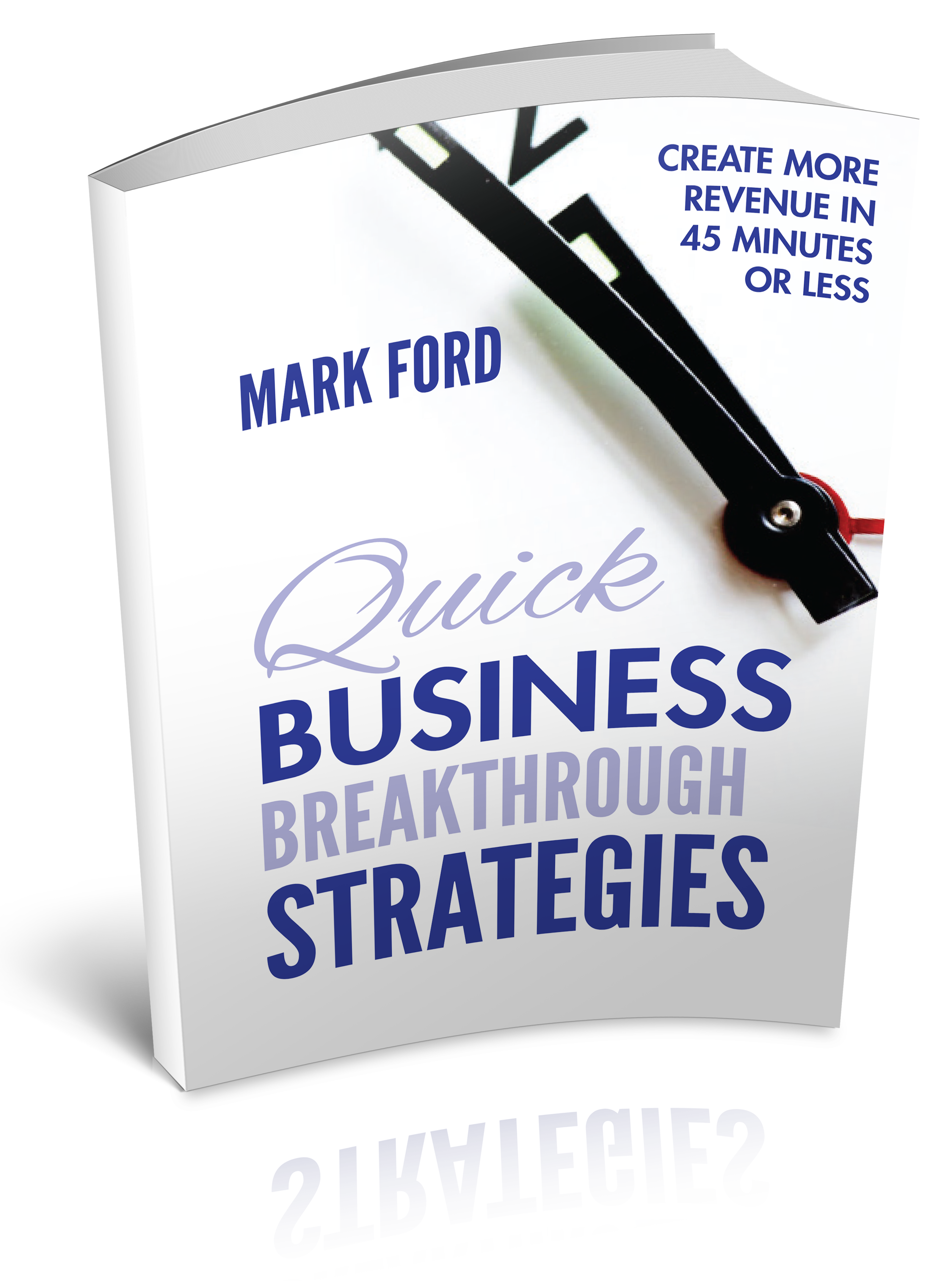In the last post we talked about the first three of the 7 specific areas you need to consider in your franchise prototype process. Here are all seven again:
- Primary Aim
- Strategic Objectives
- Organizational Strategy
- Management Strategy
- People Strategy
- Marketing Strategy
- Systems Strategy
These 7 areas will fine tune your plan for the ultimate level of success. Today let’s discuss the last four.
Think of constructing your business model like planting a tree. At first, it’s so small and weak you wonder if it will even make it through the night. But you keep watering, fertilizing and nurturing it. Your ideas will grow the trunk and each of these strategies will extend out as the branches of your now strong tree. Finding the perfect support staff, employees, vendors/suppliers and other relationships will make your tree flourish with leaves and flowers.
Management Strategy
The way you structure your management team is not only essential to your growth, but the happiness of your employees and, ultimately, your customers/clients. This strategy is results-oriented and doesn’t depend on the people, but the actual system that’s in place.
A management strategy is, in short, a set of standards that include goals, rules, a mission statement and other concrete things that tell your employees how to act, your management how to grow your business and your customers/clients what to expect.
These should all be in perfect alignment with your business goals.
Employee Appreciation
You need to put together a people strategy that shows your employees how you feel about their job performance and dedication to your business. They also need to understand “why” they are doing specific tasks. This helps them to personally connect to their job which in turn leads to better production and a happier workplace.
There are a number of strategies you can use to keep it interested at “the office”:
- Performance Incentive Programs
- Contests that reward high performance
- Employee of the Month
- Performance/Holiday Bonuses
These are just a few of the ideas you can use. One of the best ways to appreciate your employees is by calling a meeting and asking them how they would like to be rewarded. Take in their feedback, add your own ideas – and put the best strategy into play. Keep it fresh and change up the strategy from time to time to keep employees guessing. Once they get used to the prize, it’s time for a new approach.
You need to build a community within your company. There needs to be support, appreciation and respect. The more “at home” an employee feels, the better they will perform and the higher their level of loyalty.
Marketing Strategy
Marketing is, of course, essential to the success of any business, but it also must work cohesively with the other strategies you’re using. There are two major pillars of a successful marketing strategy: The demographic and psychographic profiles of your customers.
The psychographic tells you what your customers are the most likely to buy and the demographic tells you who they are, which can help you learn why they buy specific items. Without this information, it simply doesn’t matter how good your business prototype is.
Systems Strategy
There are three types of systems in every business:
- Hard Systems
- Soft Systems
- Information Systems
Hard systems refer to inanimate and more “technical” systems that have clear step-by-step procedures and well-defined goals. Soft systems are more complex and need to be flexible and more adaptive – to allow people in the business to perhaps have different perceptions and to think differently, but still work to achieve common goals. Information systems include customer data, product information, financial…anything with data and numbers.
The most important of all three systems are the soft systems because they include things like the sales systems your business uses. In your sales system the two keys to success are: structure and substance. Structure being what you sell and substance being how you sell it. The “soft” part is how different people may operate in different ways within the system – but their success is still measurable.
All three systems are essential to the success of your business and while they all have their own very specific roles, they all must work together to get the job done. This also goes for your entire business development program.
I want to take a moment to recap on the ideas we went over through the business development lessons.
An entrepreneurial myth, or e-myth, is an assumption that anyone can succeed at business with:
- Desire
- Some capital
- Projected a targeted profit
There are essentially three key roles that need to be filled to set your business up for success:
- The Technician
- The Manager
- The Entrepreneur
The four different stages of a business life cycle are:
- Infancy
- Adolescence
- Growing Pains
- Maturity
There are a few things we are going to talk about soon:
- Business Format Franchise
- The Franchise Prototype
- Franchise Prototype Standards
There are three main areas of business development:
- Innovation
- Quantification
- Orchestration
7 specific areas you need to consider in your franchise prototype process. Here are all seven again:
- Primary Aim
- Strategic Objectives
- Organizational Strategy
- Management Strategy
- People Strategy
- Marketing Strategy
- Systems Strategy
FFGBiz.com can help you work through all of these areas and give your business a jumpstart that puts you ahead of your competition right from the start. Use our FREE test drive and work with one of our coaches, plus gain access to a wealth of tools and resources.



